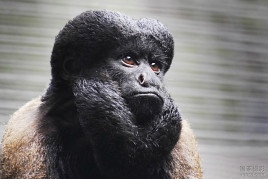
Black-beared saki
Chiropotes satanas
The black-bearded saki is a species of the Capuchin family, Saki genus.The S···
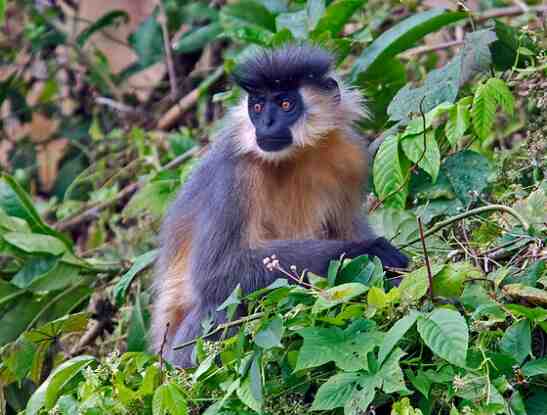
Trachypithecus pileatus
Capped Langur, Hooded leaf monkey
There are 4 subspecies of the hooded langur, with different fur colors. The ···
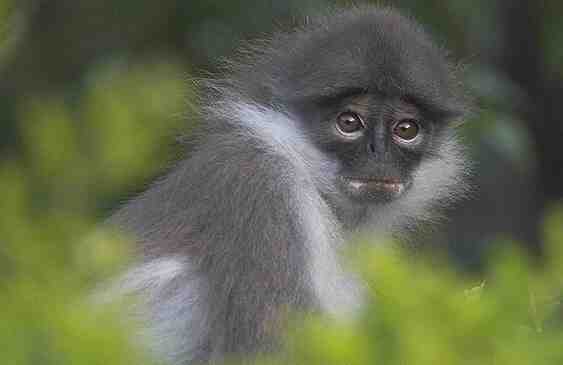
Trachypithecus phayrei
Phayre’s langur, Gray monkey, long-tailed monkey, Philippine leaf monkey, French leaf monkey
Philippine leaf monkeys are typical arboreal leaf monkeys in tropical and su···
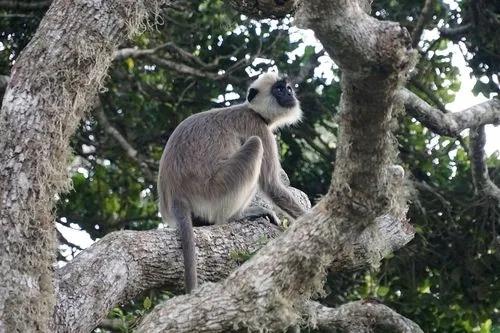
Semnopithecus schistaceus
Nepal Gray Langur, Himalayan gray langur, Long-tailed langur
The Himalayan Gray Langur, also known as Nepal Gray Langur, was once a subsp···
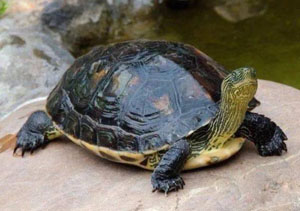
Testudines
Tortoise, golden turtle, grass turtle, mud turtle, mountain turtle, black turtle, flower turtle
In a broad sense, turtle refers to the general term for animals of the order···
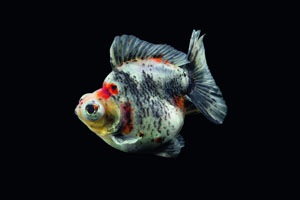
Flower head dragon eye
Red and White Dragon-eye with Tiger-head
The Flowery Dragon Eye is famous for its beautiful red and white markings. A···
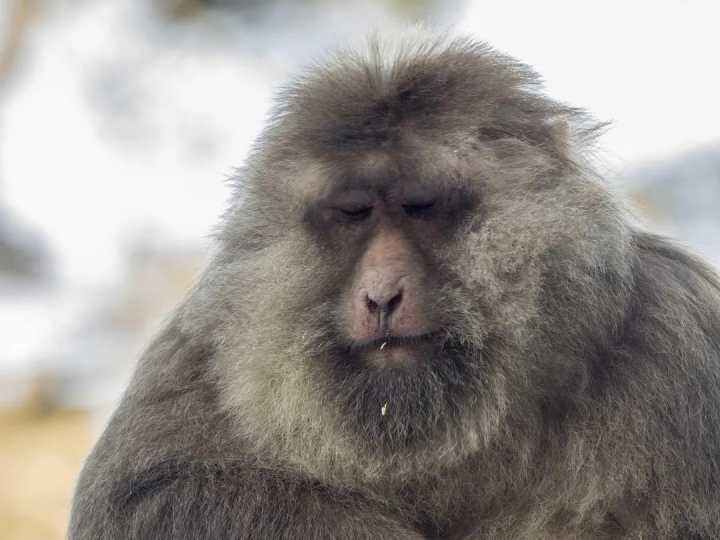
Macaca thibetana
Milne-edwards’ Macaque
The Tibetan macaque is a species endemic to China and is also the largest sp···
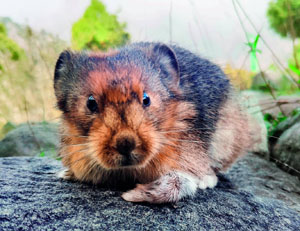
Ochotona argentata
Helan Mountain pika, Ningxia pika
Ningxia pika, also known as Helan Mountain pika, belongs to the Leporidae, L···
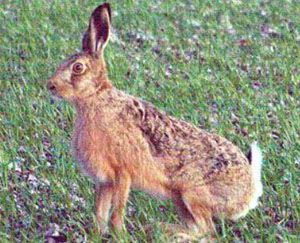
Caprolagus hispidus
Rough-haired rabbit, Wire-haired rabbit, Assami rabbit
Compared with other rabbits, the shag rabbit has shorter ears and brown-blac···
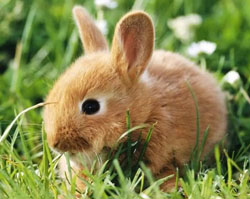
Lepus hainanus
Hainan rabbit, hare, grass rabbit
The Hainan rabbit is a solitary animal that is active mainly at night, and i···
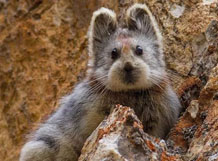
Ochotona iliensis
Ili pika, Teddy pika
The Ili pika is a very endangered and rare species. It was discovered very l···
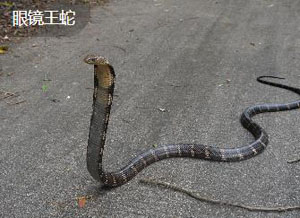
Cobra
Ophiophagus hannah,King Cobra
King cobra is different from real cobra. It is not a member of the genus Cob···
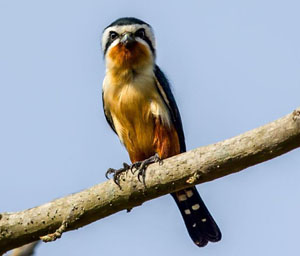
Microhierax caerulescens
Red-legged Falcon
The red-legged falcon is a resident bird that likes to move in pairs. It is ···
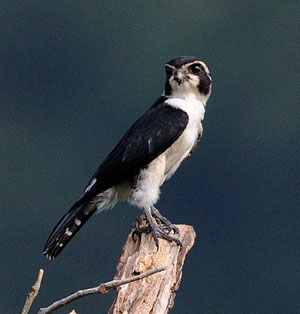
Microhierax melanoleucos
White-legged falcon, falcon, panda bird
The white-legged falcon is a resident bird, usually nesting in the abandoned···
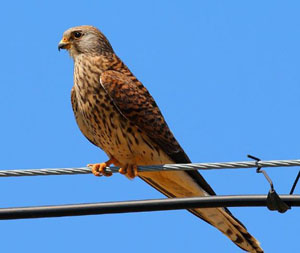
Falco naumanni
Yellow-footed Hawk
The yellow-clawed falcon is a relatively rare bird. It is a summer migratory···
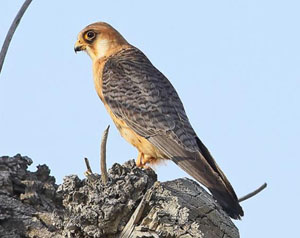
Falco vespertinus
Western red-legged falcon, blue swallow, blue eagle, red-legged kite, red-footed falcon
The Western Red-footed Falcon is a summer migratory bird in my country. It m···
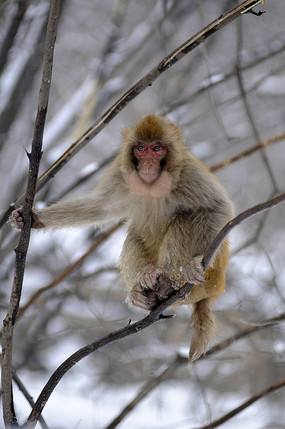
Macaca
Macaca mulana,Macaque, monkey, yellow monkey, rhesus monkey, old green monkey, Guangxi monkey
Macaques are the most common monkeys in nature, with 10 subspecies.Like the ···

Macaca leonina
dolphin-tailed monkey, flat-topped monkey, pig-tailed monkey, pig-tailed monkey
The northern pig-tailed macaque is a species of macaque, slightly smaller th···
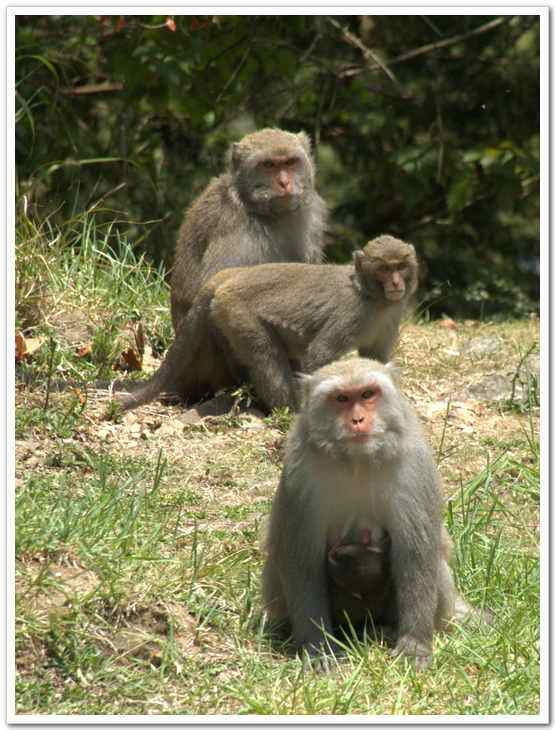
Macaca cyclopis
Macaca cyclopis Swinhoe,Formosan macaque, black-limbed monkey, rock-dwelling macaque
The Formosan monkey is endemic to China.The Formosan monkey is similar to th···
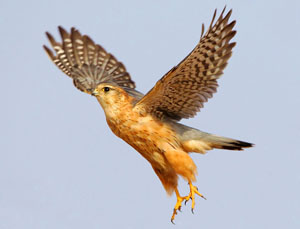
Falco columbarius
Gray-backed falcon, gray kite, horse lotus, flower, orchid embroidery, peach blossom
The gray-backed falcon often moves alone and has a sharp call. It often flie···
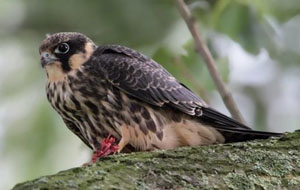
Falco subbuteo
Green stripe, earth falcon, falcon, grasshopper hawk, insect kite
The falcon is commonly known as the green-striped hawk, grasshopper hawk, an···
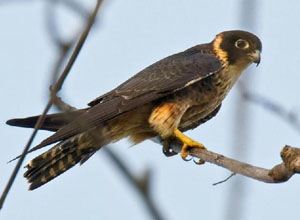
Falco severus
falcon
The fierce falcon is a bird of the genus Falconidae. It is similar in size t···
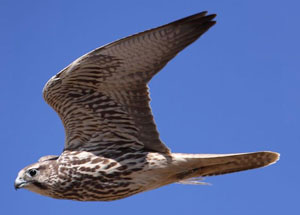
Falco cherrug
Falcon, Stick
Falcons feed on birds, rodents and mammals, and are capable of hunting mediu···
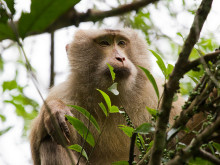
Macaca assamensis
Assamese Macaque,Bear monkey, Rong monkey, Assam monkey, mountain macaque, Himalayan monkey, Assam short-tailed monkey, big green monkey
The bear monkey is endemic to the Himalayas and Indochina. It looks very sim···
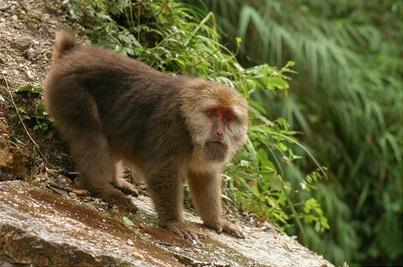
Macaca arctoides
Stumptail Macaque,Short-tailed monkey, red-faced monkey, pile-tailed monkey, human bear,big green monkey
The macaque is a larger species of macaque that is endemic to South and Sout···
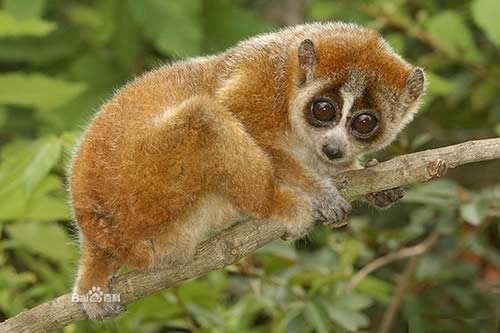
Nycticebus pygmaeus
pygmy loris,Xanthonycticebus pygmaeus,Little slow loris,wind monkey, little wind monkey
The pygmy slow loris is the smallest prosimian species in China. It is very ···
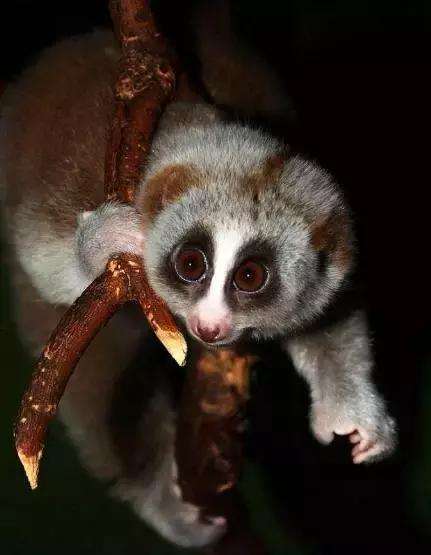
Loris tardigradus
Slow loris,Bengal slow loris, gray slow loris, wind civet, flat monkey, shy cat, mimic monkey
The slow loris is the largest of all species in the genus Sloris.Although th···
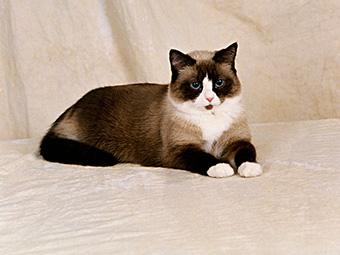
Snowshoe Cat
The Snowshoe cat originated in the United States and was produced by mating ···
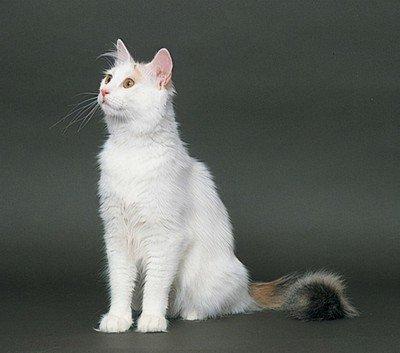
Turkish Van
Van Kedisi,VAN CAT
The Turkish Van cat is a pure natural cat that originated in the Lake Van re···
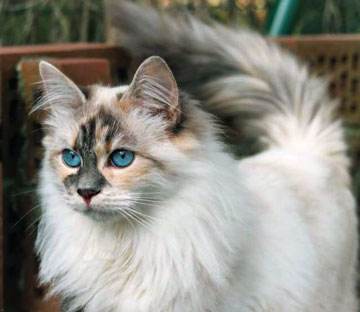
Siberian Forest Cat
Сибирская,Сибирская кошка
Siberian Forest Cat Russian: "Сибирская", also known as S···
